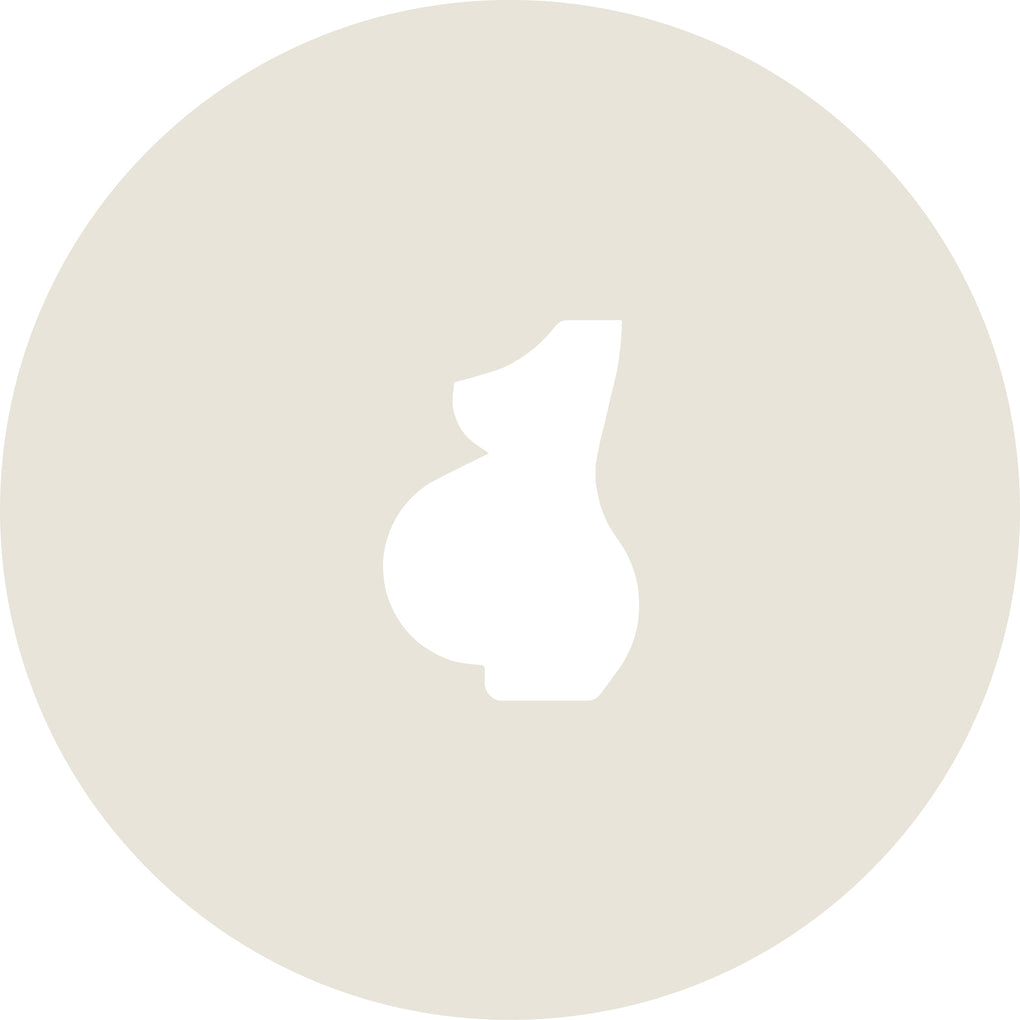Your little ones mattress could be the key ingredient to help them get a good and safe nights sleep. With so many varieties, materials and differing opinions out there, it can make buying the perfect mattress a tricky one. But with newborn's spending on average 14 hours a day sleeping, we know how important it is to get the right mattress for your little one, so we want to help! This guide will help you decide which mattress works best for your family and why.
The Fit
The first and arguably most importantly is the fit of the mattress. Getting the right size and shape that fits perfectly snug in your little ones sleeping space is essential to prevent there from being any gaps around the edge that their little fingers or limbs could get stuck in. With this in mind it is best practice for you to purchases your crib, cot or moses basket first, and then buy the mattress after so it perfectly the size of their sleeping space.
Many cots and cribs are sold alongside mattresses designed specifically to fit the cot size. Some may have a sticker on the base recommending the right size, so make sure you do your research to find the exact size needed for your crib.
Mattress depth is also something to note. The space between the top of the mattress and cot should be big enough to prevent your child from attempting to climb out. Again, your cot will most likely come with a user guide detailing the recommended depth and size to make it easier to know which size to get. Any mattress you choose should conform to BS 1877-10: 1997. It should also be at least 8cm to 10cm deep to support your baby while they sleep.
Breathability
To help create a safer sleeping environment for your little one, ensure your mattress has good breathability to help regulate their temperature. Research has shown that overheating is associated with an increased risk of SIDS. Choosing a breathable mattress will keep your little one cool and will help to draw moisture away from your baby so they don’t overheat, and the mattress stays dry.
Firmness
An equally just as important feature of your baby’s mattress is the firmness. Your baby’s mattress needs to be firm, flat and in a good condition, with no signs of rips or tears or any sagging. The firmer the mattress the better. Even if it feels very stiff to you, your baby will adjust to it. A good test to check the firmness is to press on the mattress in the center and at the edges. When you push your hand down into the the mattress and remove it, how quickly does it regain its shape? Faster is better; sleeping babies make an impression on the foam, and it can be difficult for them to change position if the mattress retains their shape, which is why the firmer the mattress the better.
The different types
There are 3 main “types” of baby mattresses on the market, but what’s the difference between them, and what are the pros and cons? Let’s take a closer look;
Foam
Foam mattresses are usually the cheapest option when it comes to baby mattresses. They are generally the lightest type and are easy to clean as they often have a PVC wipe-clean material one side and offer good support. However, they do tend to lose their shape over time so these would be better for short-term use in a moses basket or crib. Foam is also considered to be less breathable than some other options on the market.
Sprung
Sprung mattresses have a coil sprung interior with layers of foam or felt padding, that allow for increased airflow. Whilst being on the more expensive side, parents tend to like this option as it is a familiar and traditional style of mattress, not dis-similar to what you as an adult would have on your own bed.
Double-sided
This style of mattress is becoming increasingly popular as it offers great longevity and value for money. This style will have a firmer side for newborns to pre-school and then slightly softer side that can be flipped over for when your child is older.
Organic
Organic mattresses are made from chemical and allergen-free natural materials such as bamboo, coconut fibres and natural latex to name a few. Natural mattresses are one of the firmest varieties of baby mattresses, providing optimal support as recommended by safe sleep experts. They are also made without the use of any chemical nasties, and are naturally fireproof thanks to the breathable wool, which also helps regulate your baby’s body temperature. Organic crib mattresses can be expensive, but some people say the peace of mind is worth the price.
Materials
More and more parents are looking into exactly what the products they are using for their little ones are made of, and we couldn’t encourage this more! We are huge advocates for natural, organic and sustainable materials and believe it’s so important for your little one to be surrounded by safe, natural and chemical free materials. Which is why we love The Little Green Sheep mattresses, their award-winning products are handmade using only natural materials.
Wool
Wool is the magic ingredient in their mattresses. Is it naturally anti-allergenic, temperature regulating and naturally fire-retardant so needs no additional fire retardant chemicals.
Coconut fibres
From the husk of coconuts, coconut fibre makes the perfect material for forming the sturdy core structure of a mattress. Rather than individual springs, layers of coconut coir act like thousands of tiny natural springs to reduce pressure points and provide even support.
Natural Latex
Born as sap from the Hevea Tree, the natural latex in their mattress works like a natural glue to bring the coconut fibres, or as a layer of natural foam for extra comfort.
Cotton
Compared to more synthetic covers, 100% cotton cover offers that added element of breathability to their mattresses. Its also super soft for delicate skin.
Mattress care
Once you have your mattress it is important to look after it so it lasts as long as possible and stays in the best condition for your little one. With this in mind, we recommend airing your mattress a few time a week by removing all of the covers for a few hours until you need it next. To clean, it is best to spot-clean or wipe down when needed. Some have removable covers that can be machine-washed. If you do wipe it clean, be sure to allow time for the mattress to fully air dry before next use.
We recommend always using a mattress protector for those inevitable little leaks in the night. This will keep your mattress in the best possible condition and protect it from any accidents.
Reuse or buy new?
As a general rule, experts advise that parents buy a new mattress for each child instead of handing them down. This helps parents know that their child is getting the best possible support and quality of mattress possible from day one. If, for whatever reason, this is not possible for you, ensure the mattress you reuse is one you know the history of, that is clean and in suitable condition with no sagging or tears.
Now you know what to look out for, you can make an informed choice about the right type of mattress for your little one. Take a look at our huge range of mattresses of all shapes and sizes, materials and designs.


























